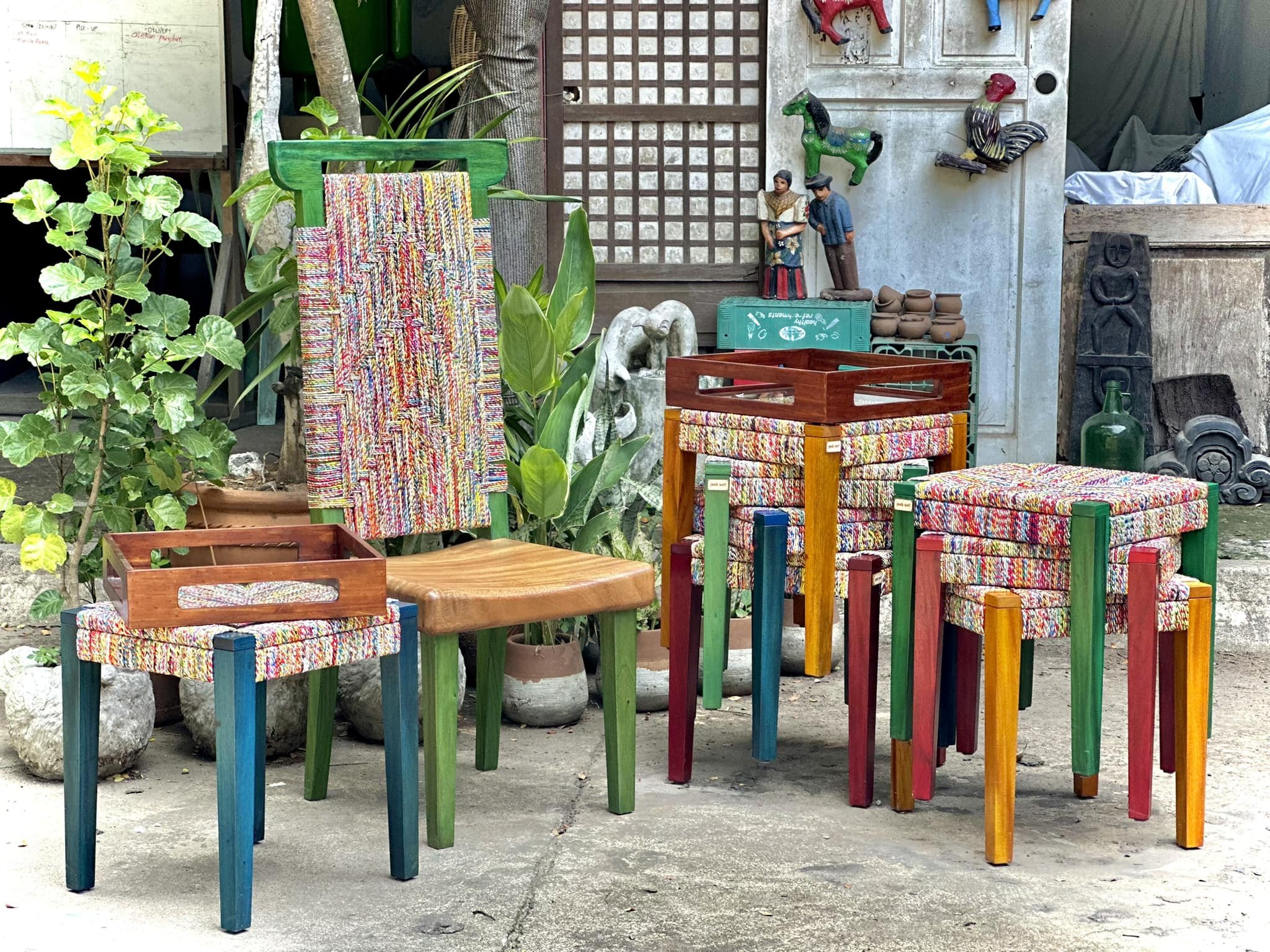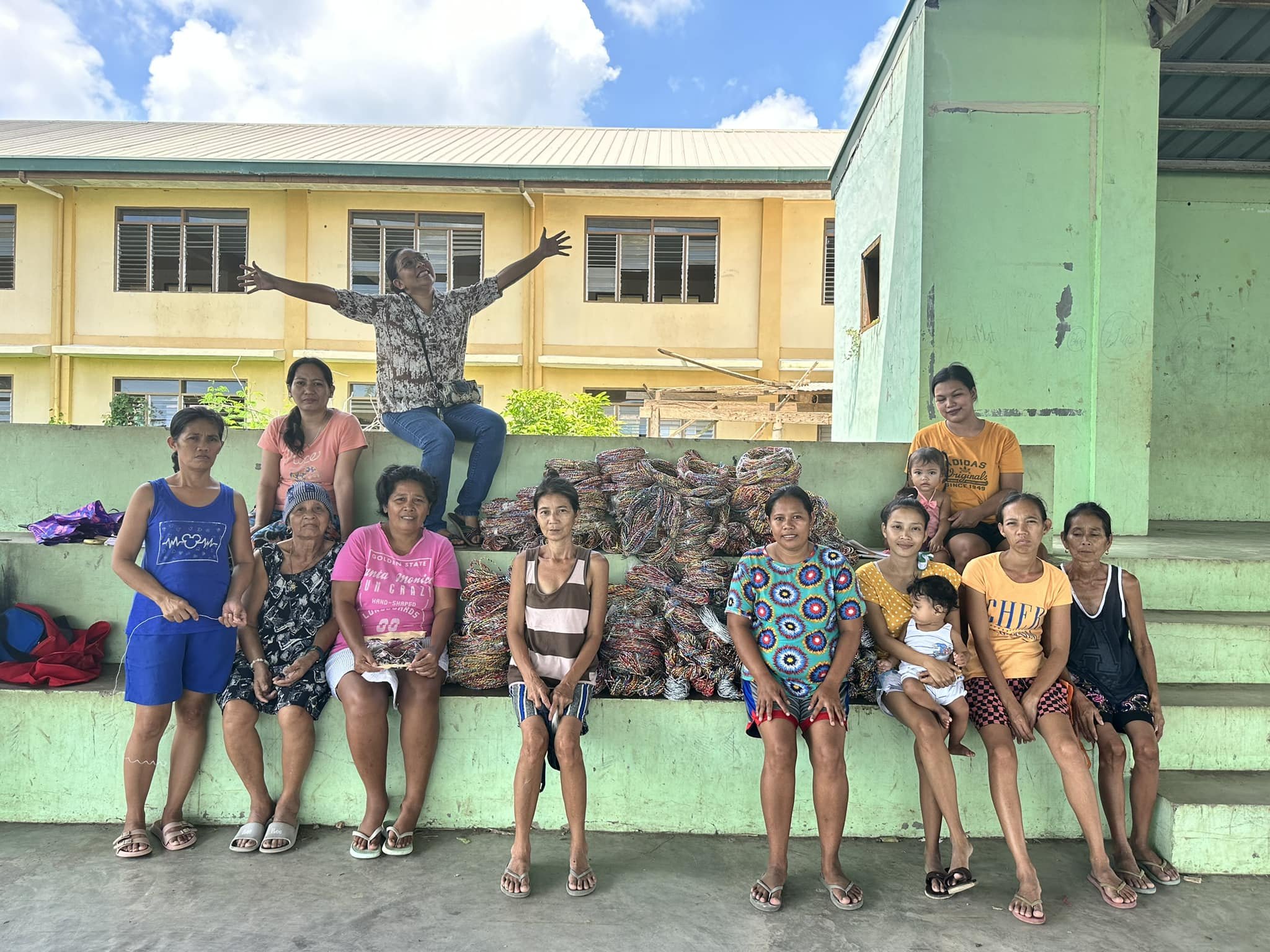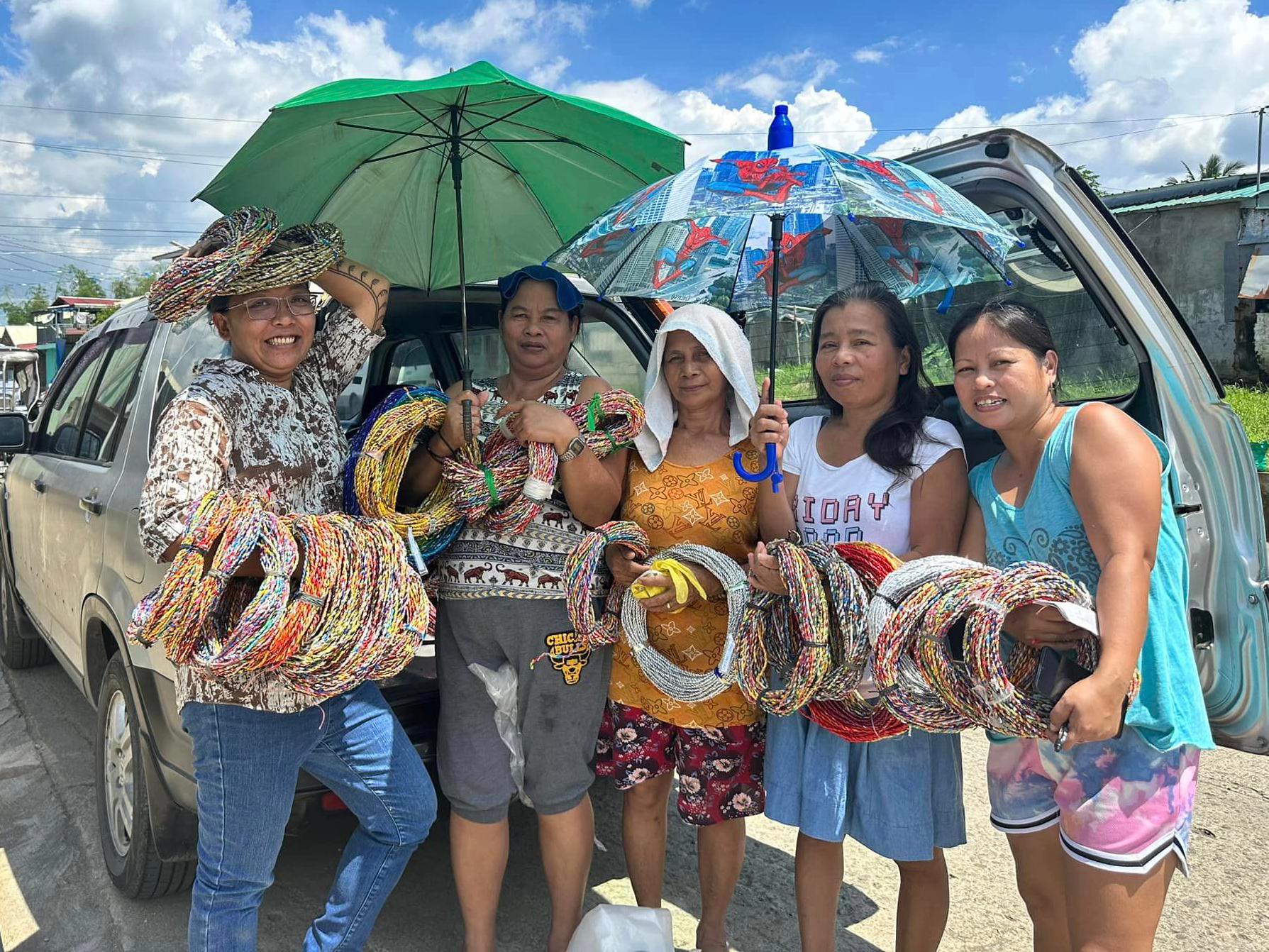Your Trash is Her Treasure
For interior designer and eco-warrior Willie Garcia, sustainability and good design always go together.
Words Rachelle Medina
Photos from Willie Garcia
November 28, 2023
This is an excerpt from Art+ Magazine Issue 87. To read the full story, get the latest issue available on collectibles by artplus, Shopee, and on select stores of National Bookstore and Fully Booked.
Eco-conscious beginnings
It is no surprise though that Willie credits her design chops and eco-warrior attitude to her family. “My biggest influence in interior design were my lolas and my mom,” she shares. Growing up on a farm with no neighbors to play with, I just hung out with my lola and my mom who always did crocheting, cross-stitching, and sewing. However, my being a nature lover comes from my dad. He is an eco-activist when I was young, so at a very young age, I was exposed to social issues, especially in solid waste management.”
These two concepts of hand-crafting and eco-friendly practices spurred Willie to take up interior design at St. Scholastica College. “I would always apply my being eco-conscious to all my design plates, like incorporating old pieces, upcycling old boots as a flower vase for a floral arrangement activity, etc.,” she shares. For the Metrobank Art Design and Excellence in 2007, Willie created a room that was entirely made of recycled and sustainable materials, garnering her an award.
Taal wonder-workers
Willie set up JunkNot Eco Creatives in 2009, initially making bags out of woven recycled plastic wrappers and eventually shifting to furniture and decorative accessories. And then in 2015, an opportunity presented itself, as the Department of Natural Resources (DENR) called for Willie to create a livelihood program for tenants of the Taal Volcano Protective Landscape (TVPL), an area located along the edges of Taal Volcano.
When the designer audited their waste in the community, she discovered that the biggest contributor of trash in the area was from single-use plastics such as junk food and instant noodle packaging, since the island didn’t have any electricity, and they consumed mostly instant food. Willie taught them how to segregate, and then trained the women residents how to clean the plastic wrappers and weave them into strips for use in furniture production. This act empowered the women, as they earned extra money, and at the same time, the small Taal town eventually had zero waste.
After the 2020 Taal Volcano eruption, the community was displaced to Ibaan, Balete, and Laurel, Batangas, but Willie says her partnership with the women continues. “It still goes on despite the eruption and the pandemic,” she says. “In fact, this is the only livelihood that they have now because the only thing they need is plastic waste. The program I have with them grew from four women to 79 women. It also became their therapy during their days in the evacuation center.”
Grab a copy of the latest issue now available on collectibles by artplus, Shopee, and on select stores of National Bookstore and Fully Booked.





